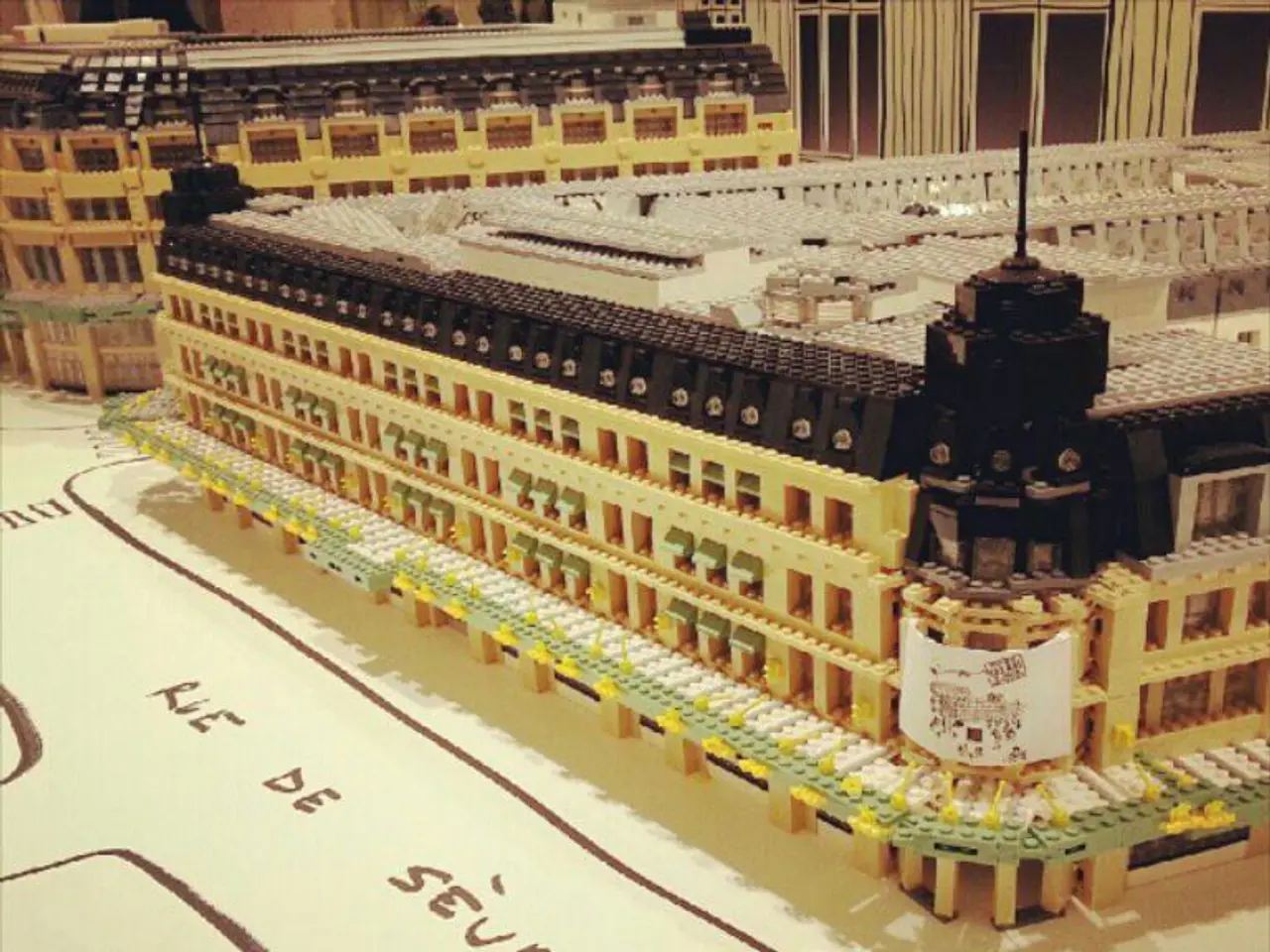Delving Deeper: The Impact of Survivorship Bias on Our Perspective of Vintage Timepieces in Antique Clocks
Antique clocks, with their intricate designs and timeless charm, have long been admired for their craftsmanship and durability. However, a closer look reveals a hidden bias that significantly influences our perception of these timepieces. This bias, known as survivorship bias, can lead us to overestimate the quality of antique clocks, often causing us to overlook the many poorly made or damaged clocks that didn't survive the test of time.
The Survivors: Exceptional Examples, Not Representative
The antique clocks that are still functional or visually impressive today are the products of a filtering process. Clocks that were cheaply made or less durable have mostly disappeared, leaving us with exceptional examples that do not necessarily represent the entire historical production [1]. Furthermore, many surviving clocks have undergone restoration or replacement of parts, which can further create the illusion that the originals were stronger or more precise than they actually were [1].
The Reality Distorted
Survivorship bias distorts the reality by making the durable, well-maintained, or restored clocks highly visible while erasing the evidence of those that failed. This bias influences decisions by collectors, who may assume a higher baseline quality in antique clocks, potentially affecting their valuation and expectations of craftsmanship [1].
The Horological Iceberg
What we see of antique clocks is just the tip of the horological iceberg, as many have not survived. A great many clocks didn't make it. Many kitchen clocks, shelf clocks, novelty pieces, and cheaply made imports wore out, broke down, or weren't valued enough to be saved [1].
The Survivors: Stories of Resilience
Each antique clock we wind today represents a piece of survival and history. Grandfather clocks from the 1970s and '80s were often designed with a useful lifespan of about 25 years. Yet, the clocks in collections today, such as Seth Thomas regulators, Arthur Pequegnats, Vienna regulators, and elaborately carved Black Forest cuckoos, survived decades of use, house moves, children's fingers, neglect, and sometimes even disasters [1].
Beyond Survival: The Value of Discovery
Antique clocks are not necessarily valuable or rare because they survived. The collection, restoration, and appreciation of antique clocks involves discovering lesser-known makers or designs. Understanding survivorship bias in horology encourages us to remain open to discovering lesser-known makers or designs that weren't widely preserved [1].
In the world of startups, we often hear about the few massively successful ones like Apple, Google, or Tesla, but not the thousands of startups that fail every year, many with equally passionate and hardworking founders. Similarly, in the art and literature world, we remember famous figures like Shakespeare, Jimmy Hendrix, Andy Warhol, or Hemingway, not the countless others who were equally or more talented but remained unknown.
Recognizing survivorship bias helps us avoid assuming that everything old is of high quality or value. Instead, it encourages us to delve deeper, to seek out the lesser-known, and to appreciate the resilience and craftsmanship that has survived the test of time.
[1] Source: Understanding Survivorship Bias in Antique Clocks
- Many antique clocks, such as kitchen clocks, shelf clocks, novelty pieces, and cheaply made imports, did not survive the test of time, leaving only the exceptionally durable and visually impressive vintage and grand father clocks.
- The high visibility of such durable and restored antique clocks may lead collectors to assume a higher baseline quality in these timepieces, potentially influencing their valuation and expectations of craftsmanship.
- The historical production of antique clocks is not fully represented by the survivor clocks, as many less durable or poorly made clocks have been erased from our view by survivorship bias.
- The appreciation of antique clocks involves more than just recognizing their survival; it involves discovering lesser-known makers, designs, and stories of resilience that were not widely preserved, as understanding survivorship bias encourages us to delve deeper into the horological world.




